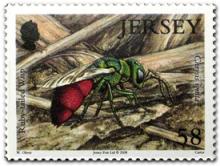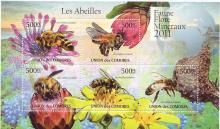Silent skies
- Read more about Silent skies
- Log in to post comments
Why is it that birds are falling from the skies, their numbers crashing in mass extinctions? Henk Tennekes has an answer: He cites evidence in his book that the species suffering dramatic losses (mostly out of public view) in the past two decades -- sparrows, swifts, starlings, and many other insectivores -- are struggling to find food; insects such as beetles, springtails, and earthworms are being wiped out by neonicotinoid insecticides, chiefly imidacloprid and clothianidin.
"The excessive imidacloprid levels noted in surface water of ... [places] with intensive agriculture have been associated with insect decline and [subsequently] a dramatic decline of common grassland birds."
The author, a toxicologist in the Netherlands, documents the threat neonicotinoids pose, even at very low levels, their mode of action similar to that of chemical carcinogens. These persistent nerve poisons, applied since 1991 as systemic seed and soil treatments, cause ecological damage in two major ways: They kill insects of all kinds by devastating their nervous systems, and they migrate from soil into waterways, then dispersing throughout local ecosystems.







